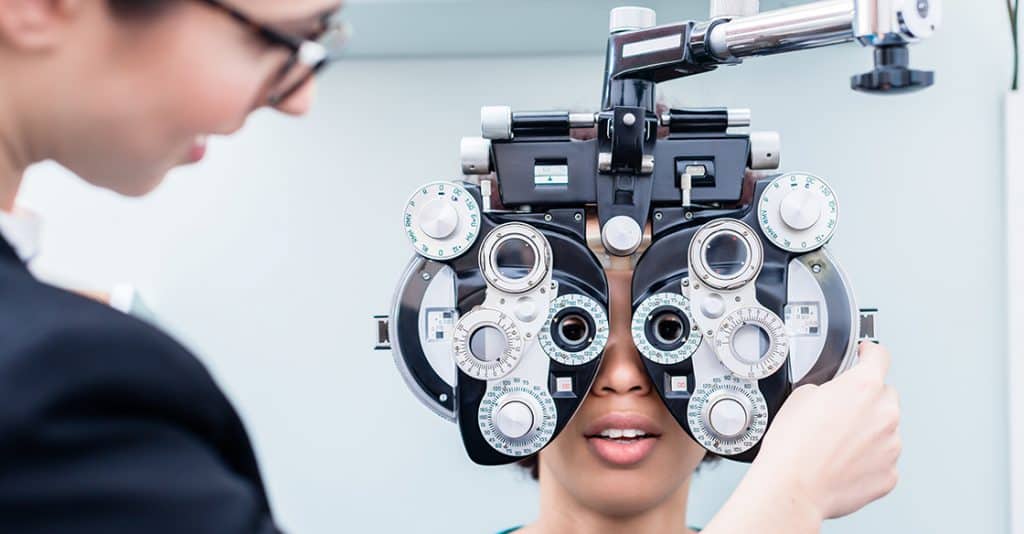Regular eye exams are the best way to maintain healthy vision. They are important even when your eyes and vision seem fine. This is because many blinding eye diseases have few or no warning signs until it is too late and some or all of your vision is lost.
People with diabetic eye disease or glaucoma, for example, often don’t realize they have the disease until sight is lost. Eye diseases like age-related macular degeneration can’t be cured, but they can be much better managed and their progress slowed if diagnosed and treated early.
These comprehensive assessments can detect early signs of serious health conditions like diabetes, high blood pressure, and even certain cancers. By identifying these issues in their early stages, individuals can receive timely treatment and potentially prevent more severe complications. Moreover, eye exams ensure optimal eye health by diagnosing and addressing conditions such as glaucoma, cataracts, or macular degeneration, preserving vision and preventing unnecessary discomfort.
